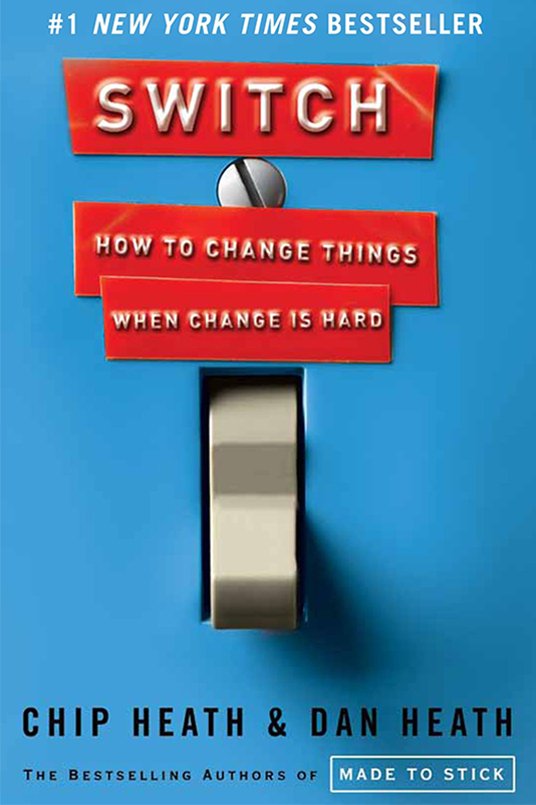This is the BEST book that I read during February 2020.
The truth is that I had postponed reading this book for a while because I thought the knowledge in it would be redundant. I had already read many habit-related and behavioral psychology books which made me think there would be nothing new for me in this book.
I was wrong!
Note to self: When a business book is highly-praised and recommended often by thought leaders and influencers, one must read it. Even if one thinks it’d be redundant knowledge.
The mental model they share about how to create change is easy to understand and memorable. This is THE book on how to create change and make it sustainable.
Flow: 5/5, the only reason it took me longer than a week is because I was reading several books at the time. This is a bingeable book.
Actionability: 5/5, you will get specific steps (and even case studies to test you are learning the fundamentals) that will help you implement what you are learning right away.
Mindset: 5/5, this will get you thinking about how to make change happen in different ways.
Some Of My Highlights:
-
“People eat more when you give them a bigger container. Period.”
-
“You can see how easy it would be to turn an easy change problem (shrinking people’s buckets) into a hard change problem (convincing people to think differently)… What looks like a people problem is often a situation problem.”
-
“For anything to change, someone has to start acting differently.”
-
“The research shows that we burn up self-control in a wide variety of situations: managing the impression we’re making on others; coping with fears; controlling our spending; trying to focus on simple instructions such as ‘Don’t think of a white bear’; and many, many others.”
-
“Knowledge doesn’t change behavior.”
-
“In tough times, the Riders sees problems everywhere, and ‘analysis paralysis’ often kicks in.”
-
“What’s working and how can we do more of it?’ That’s the bright-spot philosophy in a single question.”
-
“Big-picture, hands-off leadership isn’t likely to work in a change situation, because the hardest part of change – the paralyzing part – is precisely in the details.”
-
“To spark movement in a new direction, you need to provide crystal-clear guidance.”
-
“We want what we might call a destination postcard – a vivid picture from the near-term future that shows what could be possible.”
-
“But SMART goals are better for steady-state situations than for change situations, because the assumptions underlying them are that the goals are worthwhile.”
-
“If you are worried about the possibility of rationalization at home or at work, you need to squeeze out the ambiguity from your goal. You need a black-and-white (B&W) goal. A B&W goal is an all-or-nothing goal, and it’s useful in times when you worry about backsliding.”
